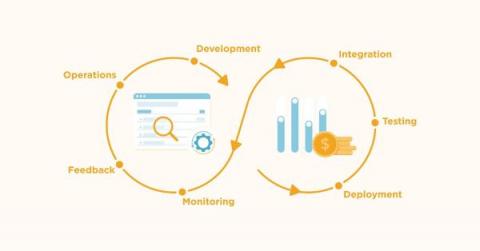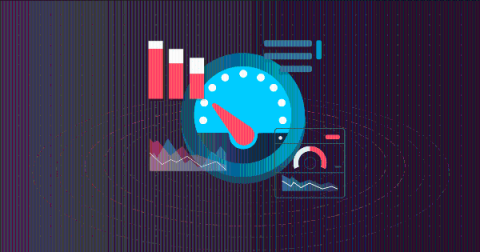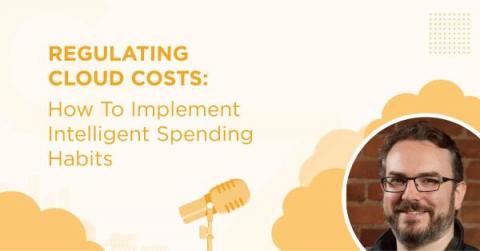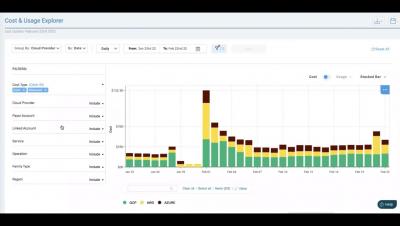Making the World's AWS Bills Less Daunting
Armed with a Ph.D. from UC San Diego, our guest started off with internships at Google and Microsoft before gaining valuable experience as a VP and a highly sought-after consultant for startups and SMBs. Now he’s one of the world’s foremost experts on wrangling vast data sets and maximizing efficiency.











